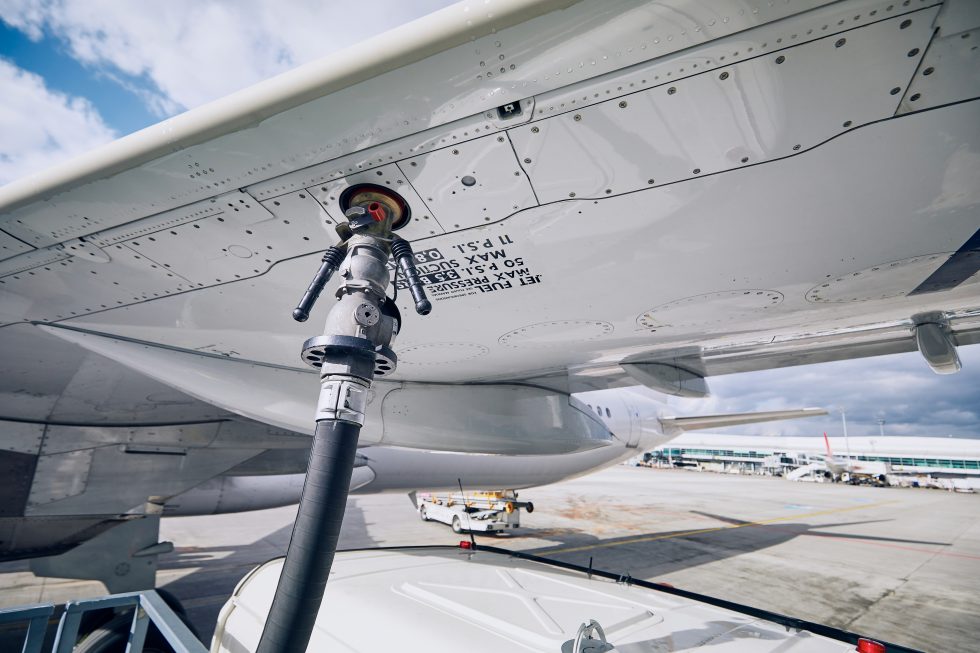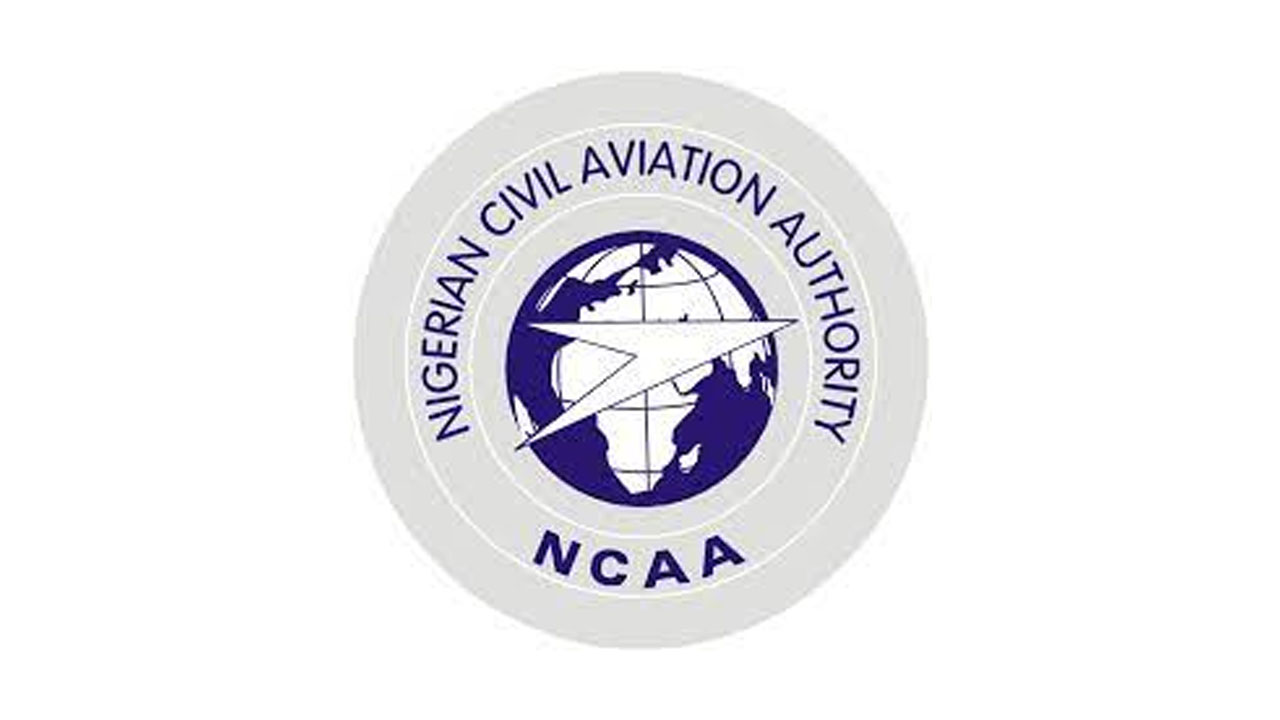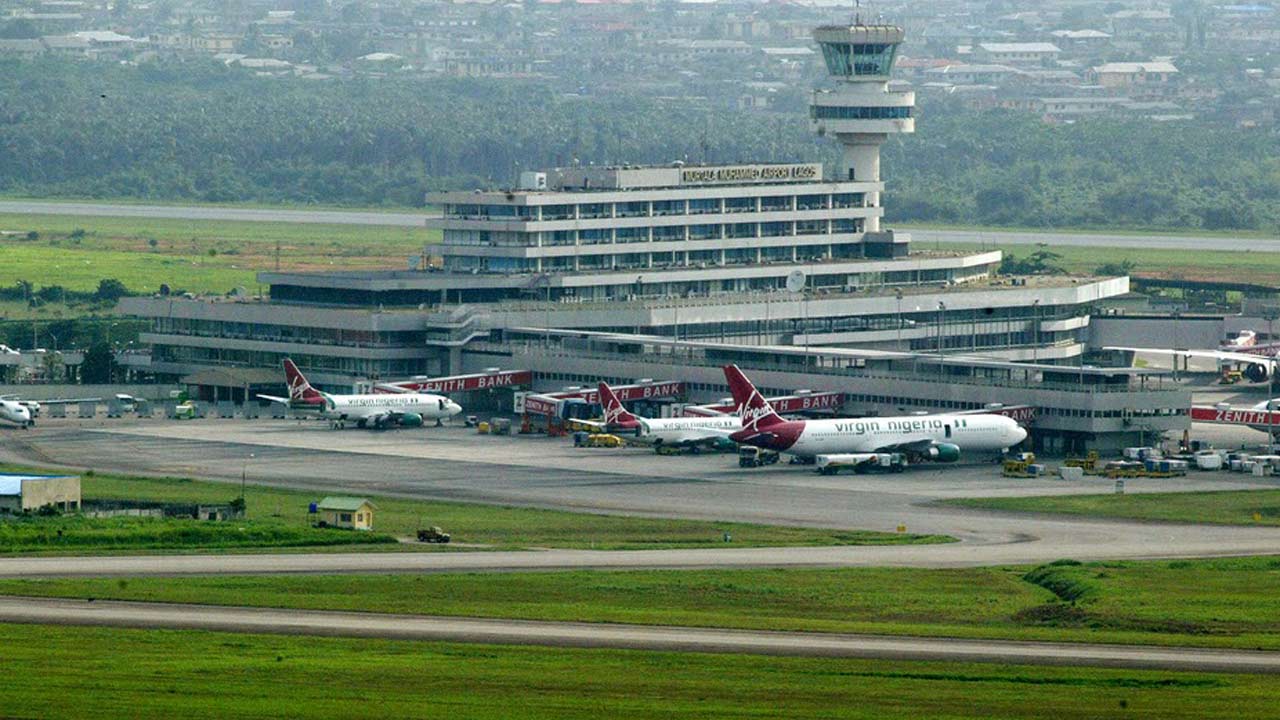Aviation and energy experts have called on the Federal Government to, as a matter of urgency, reopen and rehabilitate the shut pipeline that supplies Jet A1, otherwise known as aviation fuel, to the Murtala Muhammed Airport (MMA), Lagos.
These experts said that the reopening of this facility would keep at least 100 trucks daily off Lagos roads, thereby reducing congestion and accidents on the highways.
Speaking yesterday at the CITA Energies Colloquium with the theme: ‘Aviation Fuel Business in Nigeria: The Scenario and the Metaphor,’ the Managing Director, CITA Energies Ltd, Dr Thomas Ogungbangbe, said that the 98km pipeline to the Lagos airport should be revisited for efficiency, safety, security and quality purposes.
Recall that the pipeline was shut down in 1992 by the Federal Government after it ruptured. The government then suspected foul play and decided to shut the pipeline.
Ogungbangbe expressed that the reopening of the facility would save the country millions of dollars monthly and called on the government to plug the loopholes in the system for efficiency and quality purposes.
He further called on the Nigeria Civil Aviation Authority (NCAA)Nigeria Civil Aviation Authority (NCAA) to critically investigate the number of aviation fuel marketers who, he said, had outnumbered the existing scheduled airline operators in the country.
According to him, until six years ago, the number of aviation fuel marketers was just six, but it has skyrocketed to about 45 companies today in the sector.
He, however, said that the coming onboard of Dangote Refineries about 18 months ago had reduced losses of Jet A1 by Nigeria to its neighbouring African countries.
He said: “We still have millions of Jet A1 to our neighbouring African countries in West African countries. However, some of these are being reduced due to the emergence of Dangote Refineries in the last 18 months.
“Now, our industry is growing, but we are groaning due to a lack of adequate control. We used to have about six fuel marketers, but now, we have about 45, which is good for the industry, but now, we have a problem with the quality of the product.”
Also, the Managing Director of Ndano Energy, Chris Ndulue, said that the NCAA needed to up its game by monitoring the quality of aviation fuel supplied to the airline operators, while the Federal Airports Authority of Nigeria (FAAN) too should be cautious on the allocation of land space to operators.
For instance, he said at Enugu airport, there are no fewer than five fuel marketers supplying fuel to the few airlines operating into the airport, insisting this was needless. He explained that the growing number of fuel marketers does not justify the growth of the airlines in the last decade.
“Some airports have about 30 fuel marketers. At Enugu airport, for instance, we have about five fuel marketers who are in high numbers for the operators at that airport. It is increasingly necessary for people to work together. Though it is quite difficult because of the poor experience of some who collaborated in the past, the truth is that we can’t run away from it,” he said.
A keynote speaker, the former Managing Director of FAAN, Dr Richard Aisuebeogun, said that the aviation fuel market in Nigeria operates within a complex and demanding environment.
Aisuebeogun lamented that, despite being an oil-producing nation, Nigeria remained heavily reliant on imported Jet A-1, which subjected the market to foreign exchange volatility and price fluctuations.
He added that the price of Jet A1 was still high despite the coming onboard of Dangote Refineries. In his contribution, the Chief Executive Officer (CEO) of Centurion Aviation Security and Safety Consult, Group Capt. John Ojikutu wondered why the Ejigbo pipeline, which was designed to supply fuel to the Lagos airport, could not be repaired over 30 years after it ruptured.
Ojikutu declared that aside from the logistics-driven high cost of fuel, there had been evidence of fuel contamination in the sector. He argued that the continued closure of the pipeline had led to increased costs of aviation fuel, logistics bottlenecks, and heightened safety risks associated with trucking operations.






